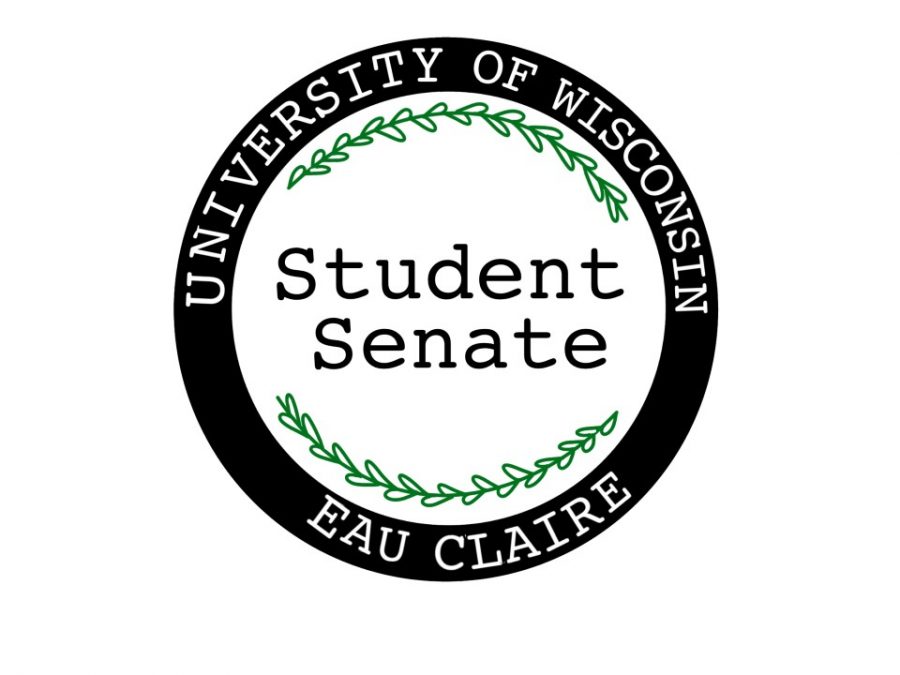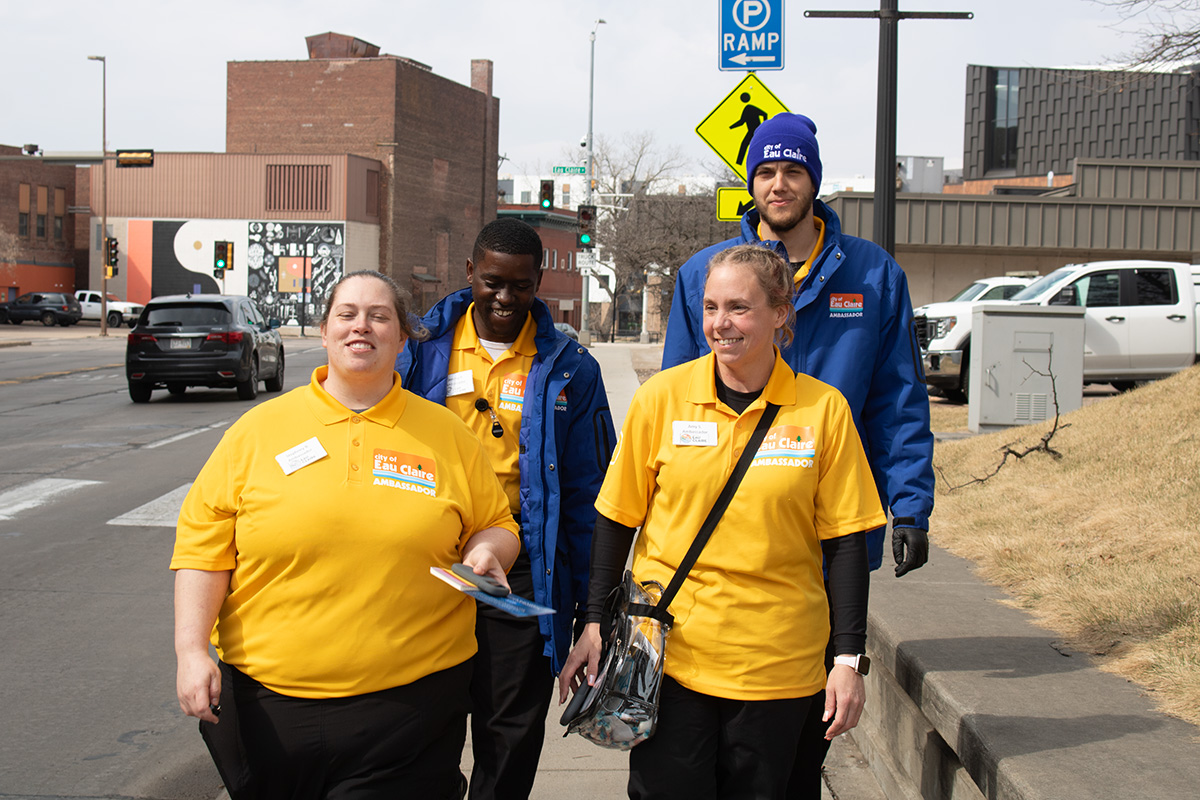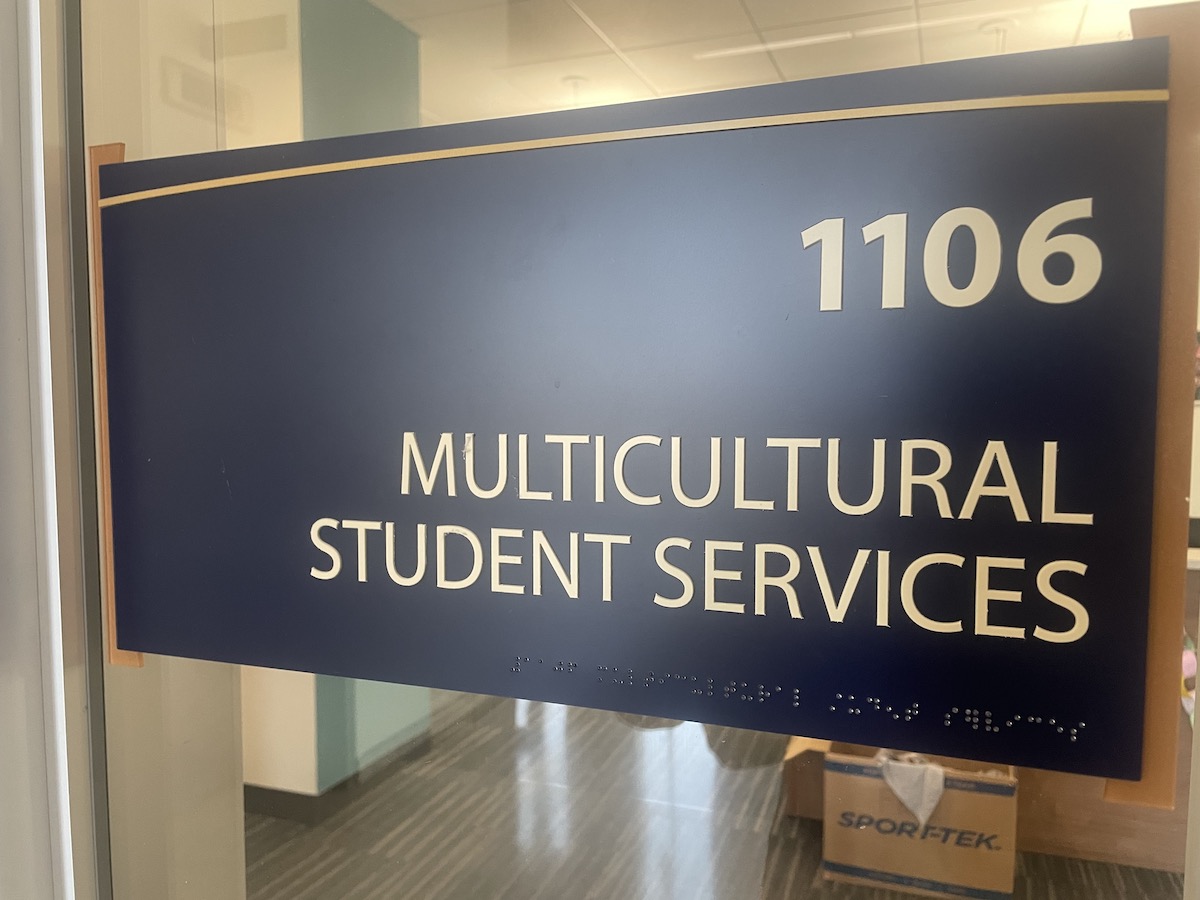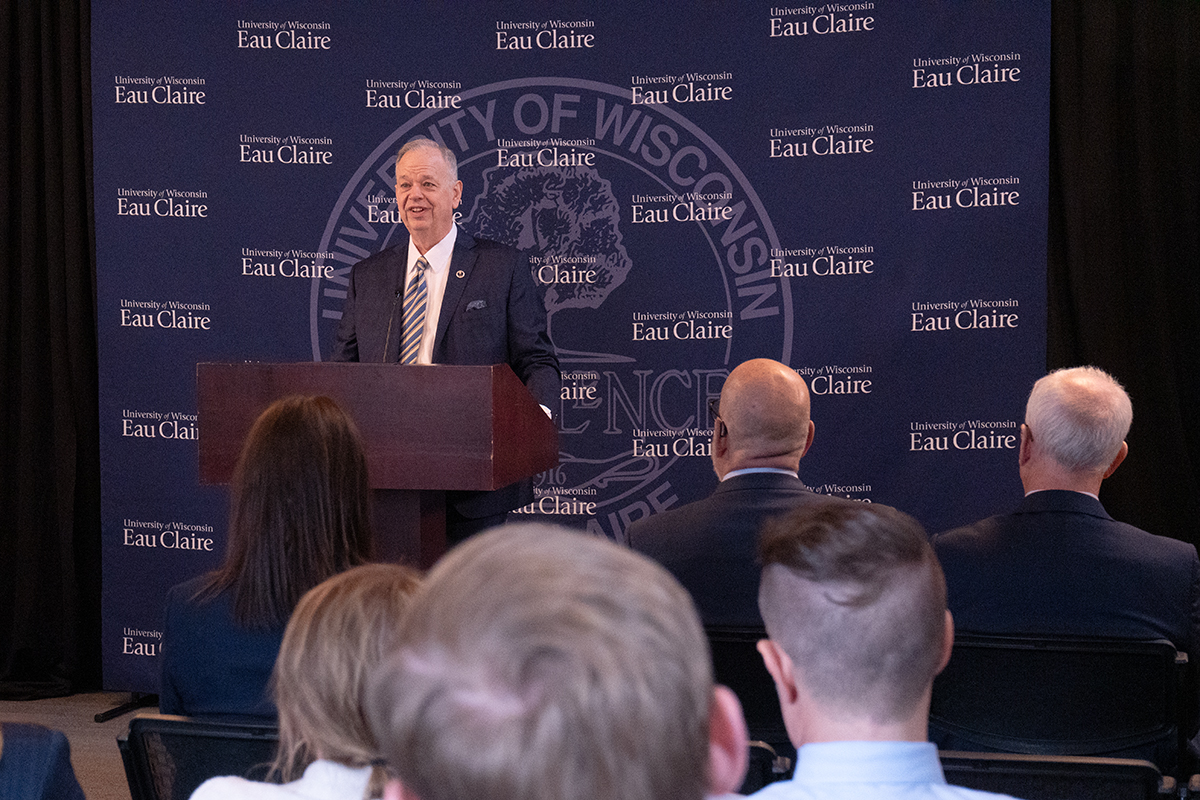 Lyssa Beyer
Lyssa BeyerThere are several reasons to attend a pow-wow. For some, it is a time to celebrate culture, for others, an opportunity to be with friends and relatives.
For Kathy White, a member of the Ho-Chunk nation, whose recent health battle left her in a walker, a pow-wow is for healing.
“This makes me happy,” she said, wearing a bright red regalia, ceremonial outfit, with beaded necklaces, feathers and streamers flowing from her long, black ponytail. “It helps me heal.”
White and the hundreds of others who attended this year’s Honoring Education Pow-Wow Saturday were treated to a spectacle of dancers, young and old, in vivid colors, feet cavorting tip-toe style across the gym floor to wild drum beats. The senses were tickled by celebratory songs and the scent of fry-bread.
The event, held in Zorn Arena, was sponsored by UW-Eau Claire’s Native American Student Association and Office of Multicultural Affairs. It included a grand entrance, inter-tribal singing and dancing, a feast, the fifth-annual hand drum competition and dance exhibitions from tribal men and women in categories such as traditional, grass, fancy and jingle dress.
This year, White and her husband, Fransico Hernandez, of the Seneca Nation, both of Black River Falls, brought their grandson, Dean White, to teach him to dance in his first pow-wow – just as Kathy White’s father had done for her when she was four months old.
White said it is common for parents to make their children regalia to wear at pow-wows. This year, she made her grandson’s first regalia. One outfit, she said, takes up to a year to craft, unless the whole family is involved in the production. She encourages her children to watch her make their regalia so they can one day make their own.
“We like to see our kids make the stuff and then teach their kids how to dance,” Hernandez said. “So that when they get older, they’ll teach their grandbabies … so it doesn’t disappear.”
Sophomore Jasmine Wiley, an American Indian Studies major, said this was the first pow-wow she attended on-campus, although she has been to several others. She said she enjoyed it and was impressed by the regalia she saw at the pow-wow.
“There were some very nicely done outfits,” she said. “Some styles that I hadn’t seen at other pow- wows that I had gone to.”
This year’s pow-wow drew members of many different tribes, senior Michael Ojibway said, a former president of the Native American Student Association. He said tribes included the Ho-Chunk, Ojibway, Fond Du Lac, Oneida and several others.
“Some are indistinguishable,” he said. “You really have to get to know the individual to figure out where they’re from.”
Ojibway said it is important to have the Honoring Education Pow-wow each year because it allows different Indian nations to share their culture with community members.
“It’s more of a celebration that brings together people from all Indian tribes – old friends, new friends,” he said. “People come to celebrate life, celebrate friendship, celebrate community.”
For student tribal members, he said, the pow-wow helps strengthen their cultural identity.
White said she likes seeing non-natives at the pow-wows, because she enjoys sharing her culture.
“It doesn’t matter what race you are.”
Wiley said although she saw more students than she expected to, she would have liked to see more.
“It’s important to be exposed to all sorts of cultures,” she said. “Anything that you’re not a part of. It makes you a more educated person. That’s something that as college students we should all strive for.”







